Albanians move to build integration bridges
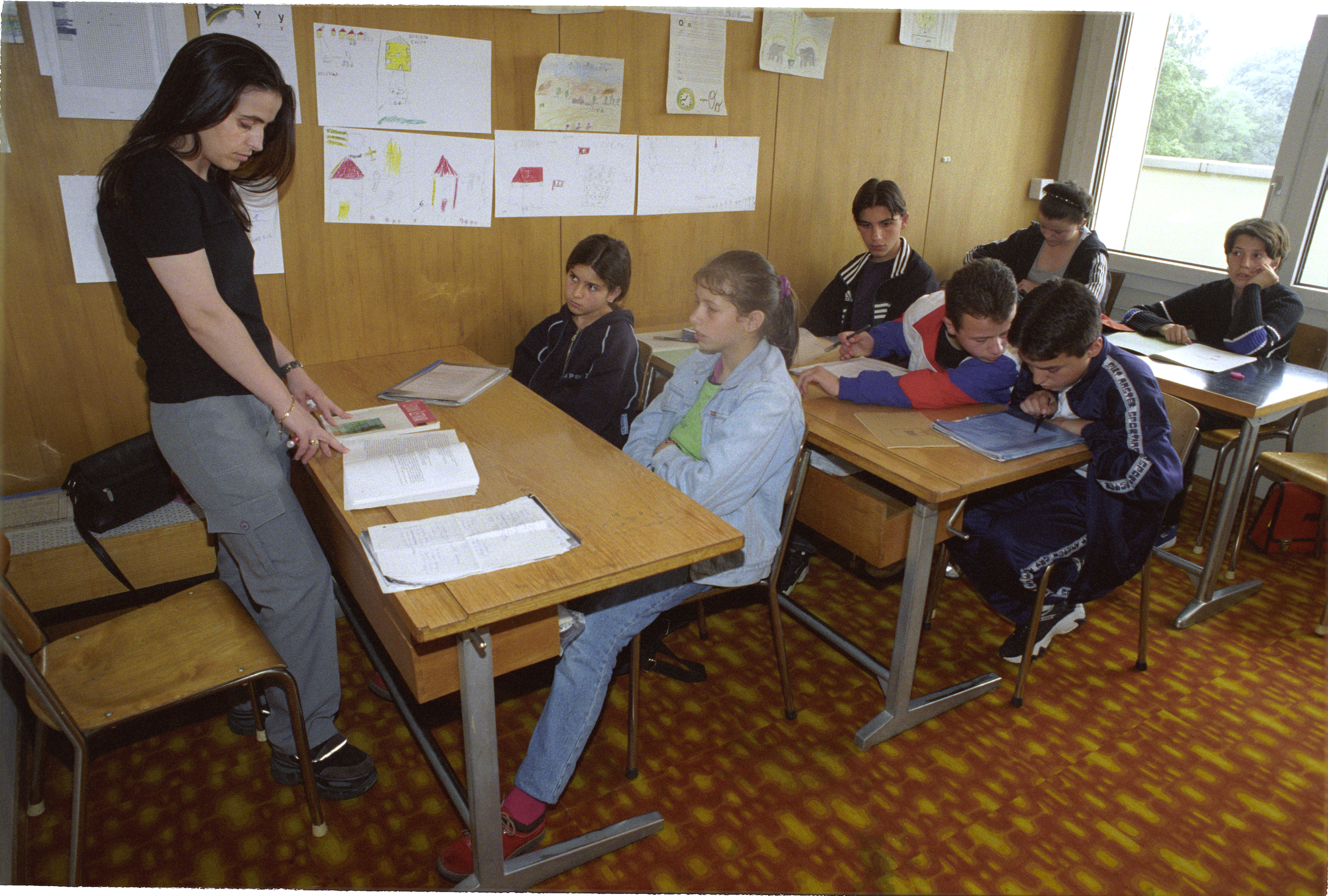
Two major initiatives have been launched to help the Albanian-speaking community integrate in Switzerland and improve mutual understanding.
There are around 270,000 Albanian speakers currently living in Switzerland, of whom 100,000 are under 16. The diverse populations from Kosovo, Macedonia, Albania, and Serbia and Montenegro form the second-largest foreign community after the Italians.
“Things are definitely happening at the moment,” said Bashkim Iseni, a 39-year-old political scientist from Lausanne University.
Iseni is head of the team of journalists behind www.albinfo.ch, a new information website in Albanian, French and German for the Albanian-speaking community in Switzerland that started in mid-October.
The project, financed by the Swiss government and conceived in partnership with the media group Edipresse, offers Swiss news, Balkans politics, features on the Albanian community in Switzerland and a wealth of practical information.
“It reflects the need for information and resources to help Albanian speakers integrate,” said Iseni, who was born in Macedonia to Kosovar parents, but grew up in Switzerland.
“No interface currently exists that can facilitate dialogue with and show off the extraordinary vitality of the diaspora, especially from an economic perspective.”
For Iseni there is a real need for a forum where thorny topics like inter-generational relations, religion, sexuality, violence, marriage and relations with the country of origin can be discussed.
Negative perception
But the priorities, he insisted, must be on improving unsatisfactory school results, as well as changing the generally negative perception of Albanian speakers among the Swiss population, as revealed in a recent study by the Federal Migration Office.
“People are always scared of strangers who are different,” explained Driton Kajtazi, a 40-year-old teacher from canton Vaud. “This is why we have to stress the need for better mutual understanding.”
“As a famous Albanian proverb states, ‘Deeper rivers have calmer waters’”.
Kajtazi is the director of the applied research institute ISEAL, the Swiss Institute of Albanian Studies, which was officially inaugurated last Friday in Lausanne in the presence of 100 dignitaries. These included the ambassadors of Kosovo, Macedonia and Albania, as well as representatives of the Federal Migration Office, and Lausanne and Vaud authorities.
ISEAL joins the Université Populaire Albanaise in Geneva and the Albanian Institute in St Gallen as a major centre for the promotion of Albanian culture in Switzerland.
The new applied research institute is backed by a 190-strong team of Swiss and Albanian supporters, including Francis Cousin, until recently Swiss ambassador to Albania.
Ivory tower
“We’re not an ivory tower research centre; we want to have definite results,” he explained.
Planned projects include studies into Albanians living in Switzerland, anthologies of Albanian literature in French, German and Italian, and Swiss literature in Albanian, and an economic forum.
Their first project was a conference in Lausanne on Saturday on the integration of the Albanian community, attended by some 100 experts and politicians.
The symposium opened with a gloomy look at the poor educational results and difficulties of the young Albanian-speaking generation.
“Migrant children represent a real challenge for our school system,” said Christophe Blanchet, a teacher and head of migrant welcome classes in Lausanne. “There is a lack of knowledge about their status and lives, and they are not really taken into account. Relations between parents and schools are also lacking.”
Only 45 per cent of Albanian speakers complete their secondary education and only seven per cent finish higher education.
Second generation
The second generation were unlucky as the war meant their education was cut short between 1990-1999 and their families were less interested in them as priority was financial support to families in Kosovo, explained Sherif Zenuni, a Kosovo-born architect who moved to Switzerland at the age of 12.
“Kids lived through a traumatizing period. We can see the consequences: the younger generation doesn’t go to Albanian lessons, so it’s losing its mother tongue and the deficiencies just pile up.”
Specialists agreed that special attention should be given to learning Albanian, which would help with other topics and general educational performance, and the early selection process in the Swiss school system had penalised young Albanian speakers.
But there is room for optimism and today we cannot remain passive, said Zenuni, who is also the president of the Albanian Association of Gruyère.
“We have to get involved in integration, and social, political and economic life. It is a question of time, but things are moving fast. I know lots of young professional Albanians at university who are taking things in hand and this gives huge hope,” he said.
Migration of Kosovars and other Albanian speakers from the southern Balkans to Switzerland dates back to the mid-1960s when the first waves of seasonal workers arrived, followed by their families in the 1980s.
From the end of the 1980s and throughout the 1990s the worsening political situation in the Balkans led to an influx of thousands of asylum seekers from the former Yugoslavia, peaking at 30,000 in 1999.
According to the Migration Office, most asylum-seekers from Kosovo returned home after the conflict and the resident population is now mostly composed of former seasonal workers, their close family members and descendants who were born or raised in Switzerland. Some 4,000 still arrive every year from Kosovo as part of immigrants’ rights to bring their families with them.
The population of Switzerland currently stands at 7,874,088. The resident foreign population increased by 2.2 per cent last year and is now 1,802,300 (22%).
Almost two-thirds are from member countries of the European Union and the European Free Trade Association. Italians form the largest group of foreigners (293,933), followed by Germans (265,944), Portuguese (213,232), Serbians and Montenegrins (187,554), French (94,814), Turkish (73,275), Spanish (65,687), Macedonians (60,293), Austrians (37,973), Bosnians (37,397), British (37,240), Croatians (35,259), Sri Lankans (30,746) and Americans (20,216).
More than a fifth (20.7 per cent) of the total were born in Switzerland and belong to the second and third generation of foreigners in the country.
Since the Second World War, about two million people have immigrated to Switzerland, or are the descendents of immigrants.
More than 200 million people live outside their countries of birth. One-tenth of Swiss nationals live abroad.
(Source: Federal Statistics Office)

In compliance with the JTI standards
More: SWI swissinfo.ch certified by the Journalism Trust Initiative

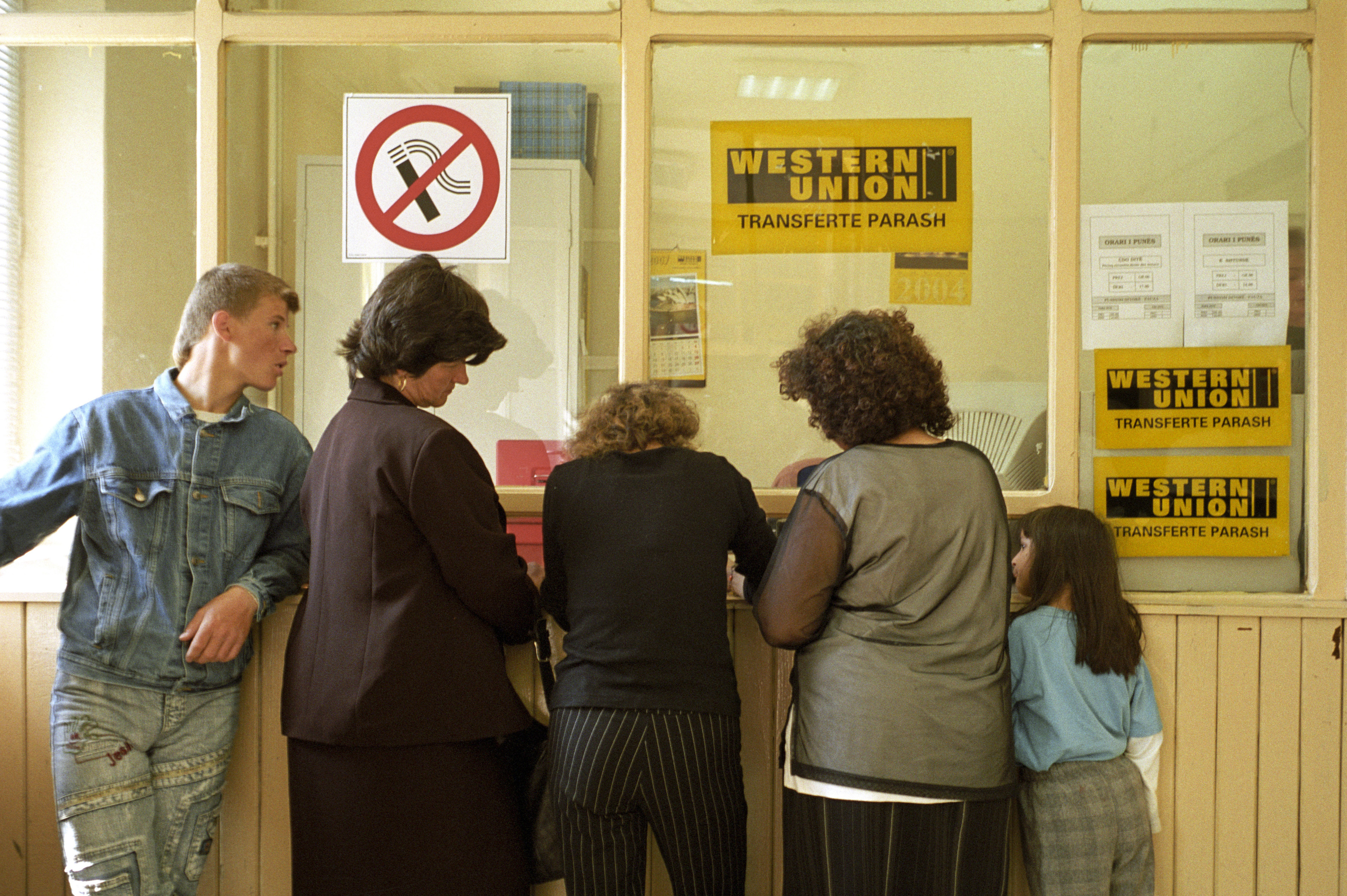
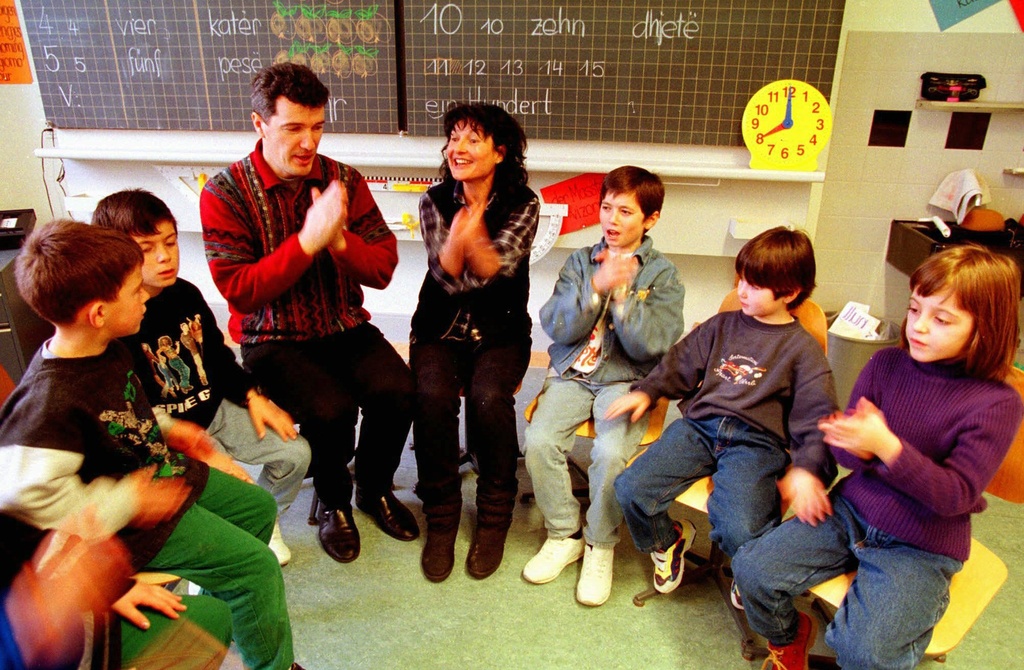
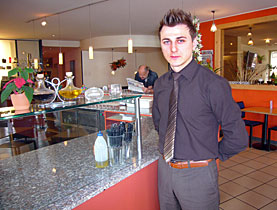
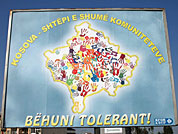
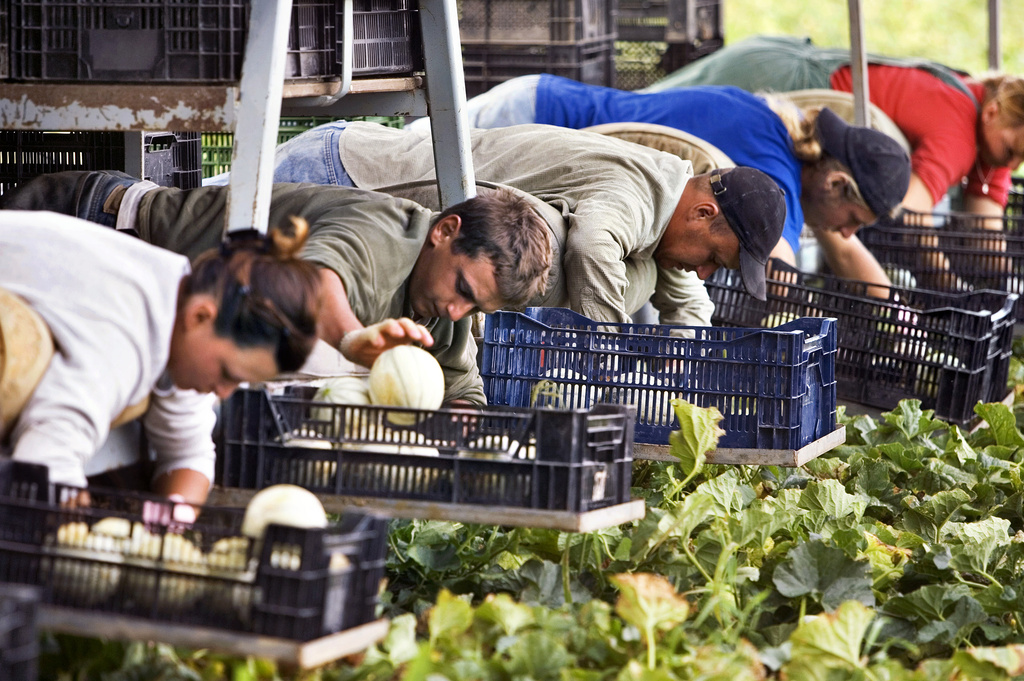
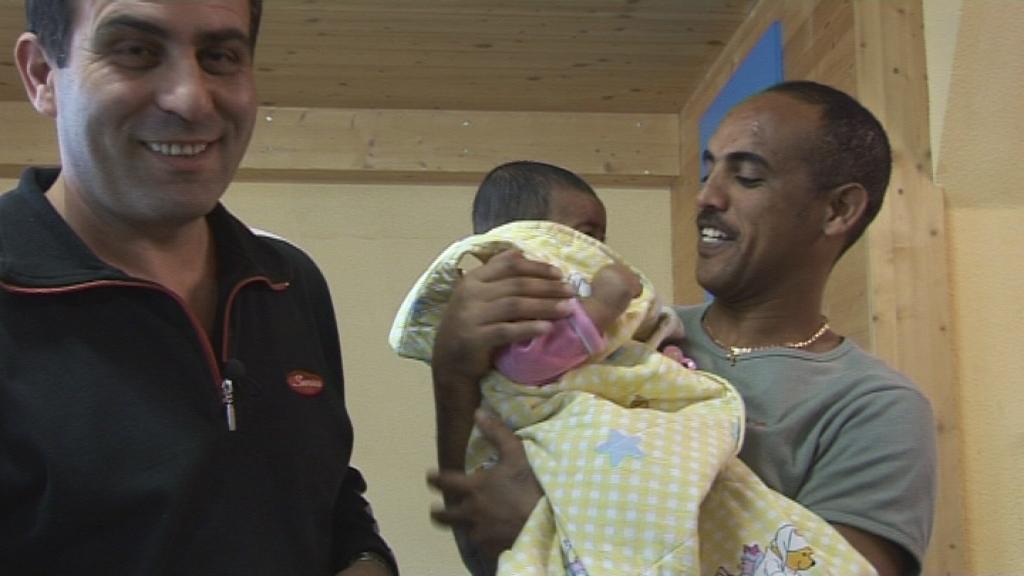
You can find an overview of ongoing debates with our journalists here. Please join us!
If you want to start a conversation about a topic raised in this article or want to report factual errors, email us at english@swissinfo.ch.